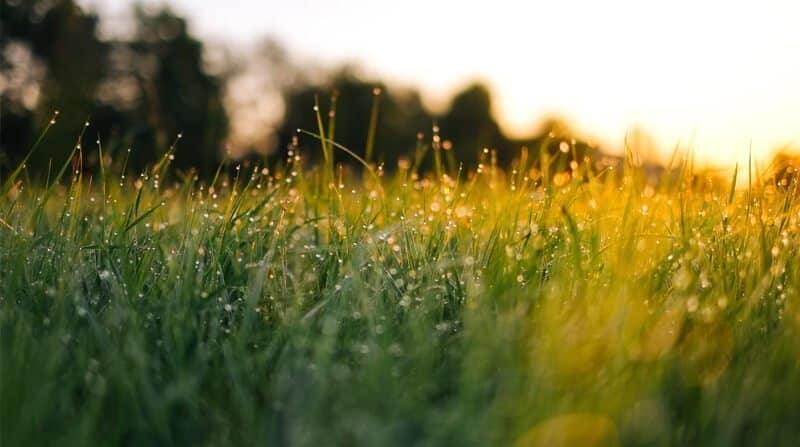Spring is an important season in the lawn care calendar.
At this time of year, your lawn will need extra care and attention to help it recover from the rigours of winter.
Feeding, removing moss and regular mowing will create a lush, healthy lawn heading into the summer.
When to Start Spring Lawn Care Jobs
Generally, spring starts in April.
Sometimes we might experience a very mild February and March. The grass starts to grow and the temptation is to get stuck in then.
However, you need to be very careful as it’s not uncommon to get caught out by a cold, wintery snap later on.
March is too early to start many of spring’s jobs but you can get a head start by taking the top off the grass. You can also apply a moss killer in anticipation of the work to come in April and May.
The Lawn Care Treatments For Spring
Understand that (depending on the weather) you’ll normally have a good 8-10 weeks to complete all of these jobs so don’t be in a rush to do them all at once.
You might not even need to do all of the jobs on this list.
For example, if you scarified heavily the previous autumn, you shouldn’t need to do it again in the spring.
The same goes for top dressing. Unless you’re after perfection, chances are you don’t need to bother.
Start Mowing the Lawn

Cut the grass as soon as it starts to grow.
On the first cut, however, keep the mower on the high side and just take the top off it.
Don’t cut any more than a third off the grass leaf at any time. Cutting grass too short could risk shocking it, stunting its growth and ability to recover.
If you have lots of moss in your lawn, keep the grass an inch taller than the moss.
As you get into the end of April and into May when growing conditions are at their best, reduce the height of the mower and increase the mowing frequency to once every 5-7 days.
Kill Any Weeds and Tackle Weed Grasses
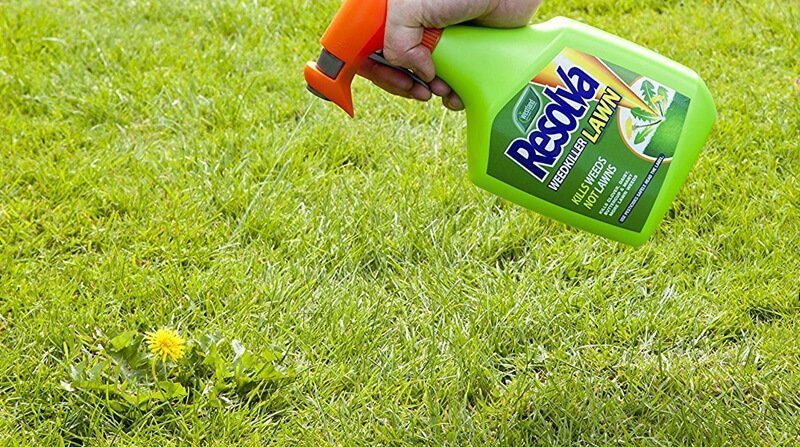
If you kept on top of your weed population last year then chances are they shouldn’t be a problem.
That said, chances are that one or two have snuck in. If your weed discipline has been a bit slack, you might have more than one or two.
Treat the whole lawn with a weedkiller concentrate as the weather warms up. The end of April into May is a good time.
This should kill any weeds within a week. However, killing weeds is an ongoing task, so it’s a good idea to keep a spot spray weedkiller to hand to blast any new weeds that up during the summer.
If you prefer, you could also use a lawn weed and feed.
Weed grasses like Annual Meadow Grass will grow very quickly in spring. It can produce new seed heads and spreading at an alarming rate. The best way of dealing with Annual Meadow Grass is to dig out any plants when you see them.
Kill and Remove Any Moss
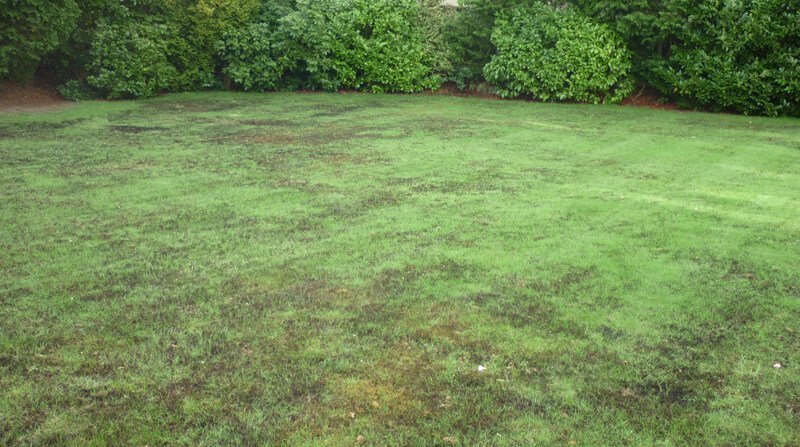
If you have very little moss in your lawn then congratulations.
An application of lawn sand will kill any bits that have gone unnoticed. The Nitrogen content will also act as a grass fertiliser and give your lawn a boost of growth.
However, for most of us, there will be at least some moss to get rid of.
Apply your chosen moss killer and wait for a good 7-10 days while it gets to work. You’ll see the moss turn black as dies off.
Once it’s dead, rake it out with a powered rake (if you’re sensible) or a springbok rake (if you’re a sucker for punishment).
Also Read:
Scarify to Remove Excess Thatch
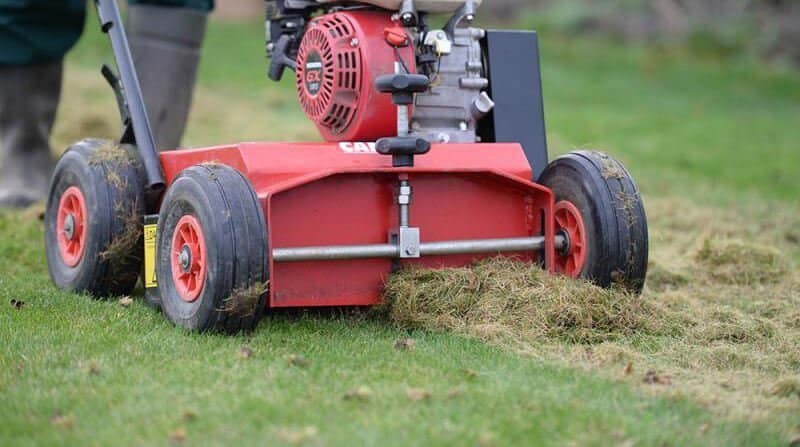
Deep scarification should normally be done in the autumn.
However, light scarification is important as it reduces the build-up of thatch and stimulates new growth.
To test if your lawn needs scarifying, take a trowel, bulb planter or hollow tiner and take samples. If you have half an inch or more of lawn thatch, you’ll need to scarify.
Aerate Your Lawn
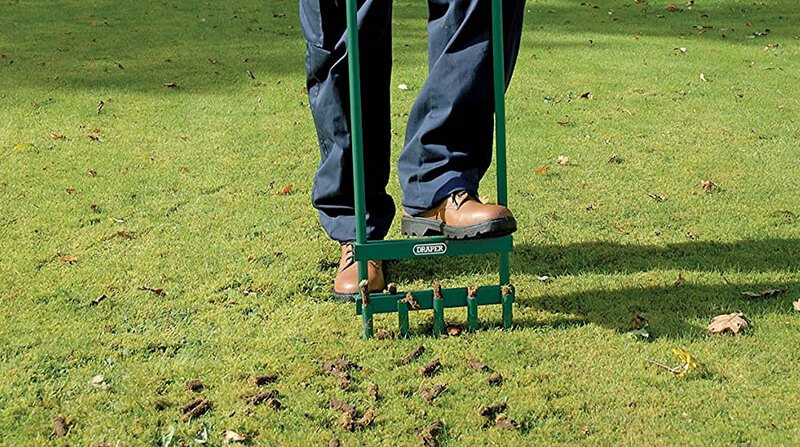
Aerating your lawn will enable air, water and nutrients penetrate the soil where they can be consumed by the grass’ roots.
If the soil is hard and compacted, aerate by hollow-tining. This will remove lots of cores of turf. This creates space for the soil to relax into and ‘de-compact’.
For lawns that aren’t compacted, spike 2-3 inches deep with a garden fork, rolling aerator or spiking sandals.
Tidy Up The Edges Of Your Lawn
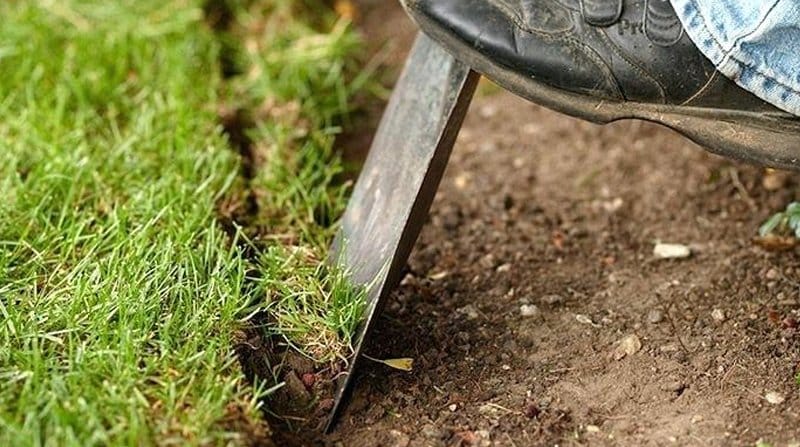
If the edges of your lawn are already in good shape then skip this step. However, if they’re a bit tatty, now is a good time to tidy them up with an edging iron as the ground will be relatively soft.
To create a straight edge, I use a long, straight plank of wood as my guide. For shaped edges, I use a hosepipe.
If you have a mowing strip in place, maintaining your lawn’s edges will be much easier.
Top Dress Your Lawn
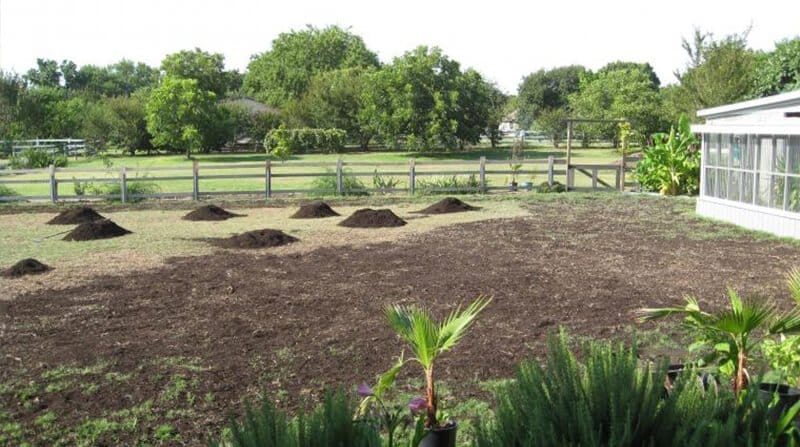
Top dressing is one of those jobs that’s normally undertaken by serious gardeners who have ornamental, perfectly flat lawns after scarifying.
Or, as part of a lawn restoration project.
It can be expensive to do and it can also be time-consuming. That said, if you have an ornamental lawn and you’re in the pursuit of perfection, then top dressing is a must.
Not only will it help to create a more level area, but it’ll also prevent the build-up of thatch.
However, if you don’t consider your lawn to be a work of art you can save yourself the time and expense by skipping this step.
Also Read:
Overseed with New Grass Seed
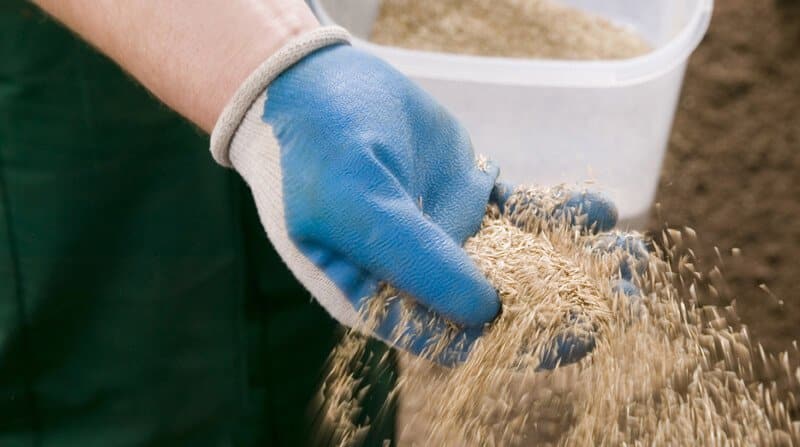
I’d advise that you overseed every spring – especially if you have raked or scarified or hollow tine aerated.
These are invasive treatments and can leave your lawn looking pretty beat up.
Spreading new grass seed will help it recover by filling in any bare patches or replace areas of dead grass with healthy grass.
If you don’t overseed, you’ll leave bare patches in your lawn for weed seeds to settle and germinate. Often replacing a moss, thatch or compaction problem with a weed problem.
Also Read:
Fertilise With a Spring Lawn Feed
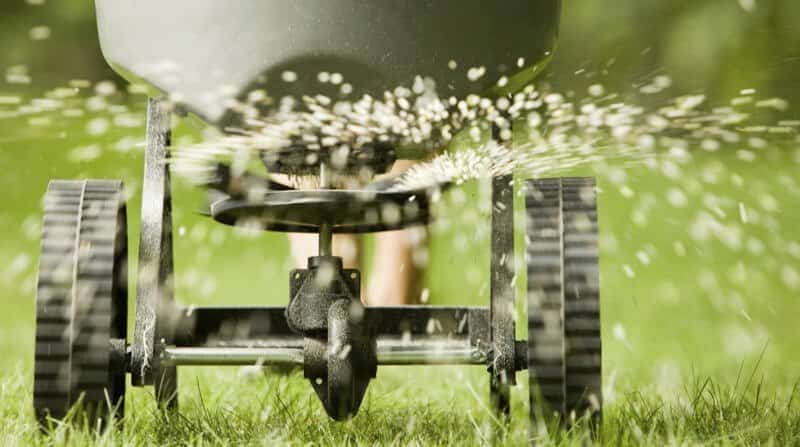
After a long, hard winter your lawn can come into spring lacking in essential nutrients.
Feeding your lawn is essential to replace these nutrients as they help with root establishment and growth. Without them, your grass won’t be as healthy as it should be which could lead to problems in the hotter, dryer summer months.
It also won’t look as good as it could.
Apply a spring lawn feed for a thick, lush, green lawn.
Also Read:
Water (If Needed)
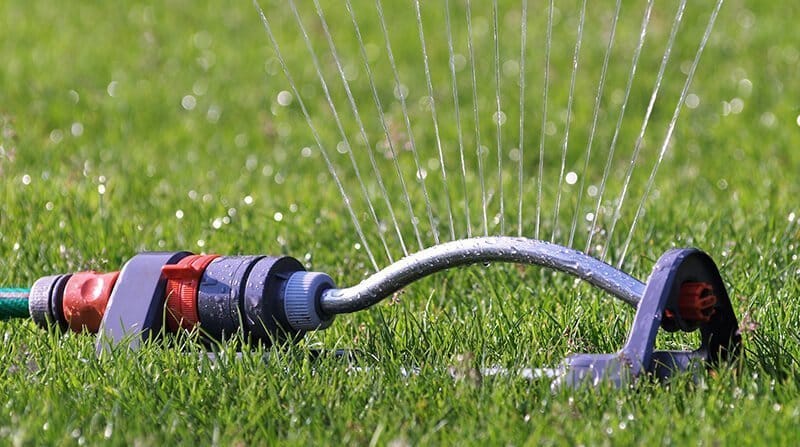
Watering will depend on the weather forecast.
If the weather is on your side then you’ll not need to water at all.
However, if you experience a dry spring and rainfall is nowhere to be seen, you’ll need to turn the sprinklers. This will activate the fertiliser, help to germinate new grass seed and aid in the development of new roots.
In Conclusion
As I mentioned, spring is an important season for lawns.
There’s quite a bit of work to do in order to to help it recover from the cold temperatures of winter. The work you do now will also prepare it for a different kind of stress that comes with the summer.
And again, there’s no need to rush.
It might seem like there’s a lot to do but you’ve got several weeks to get your lawn in great shape.
